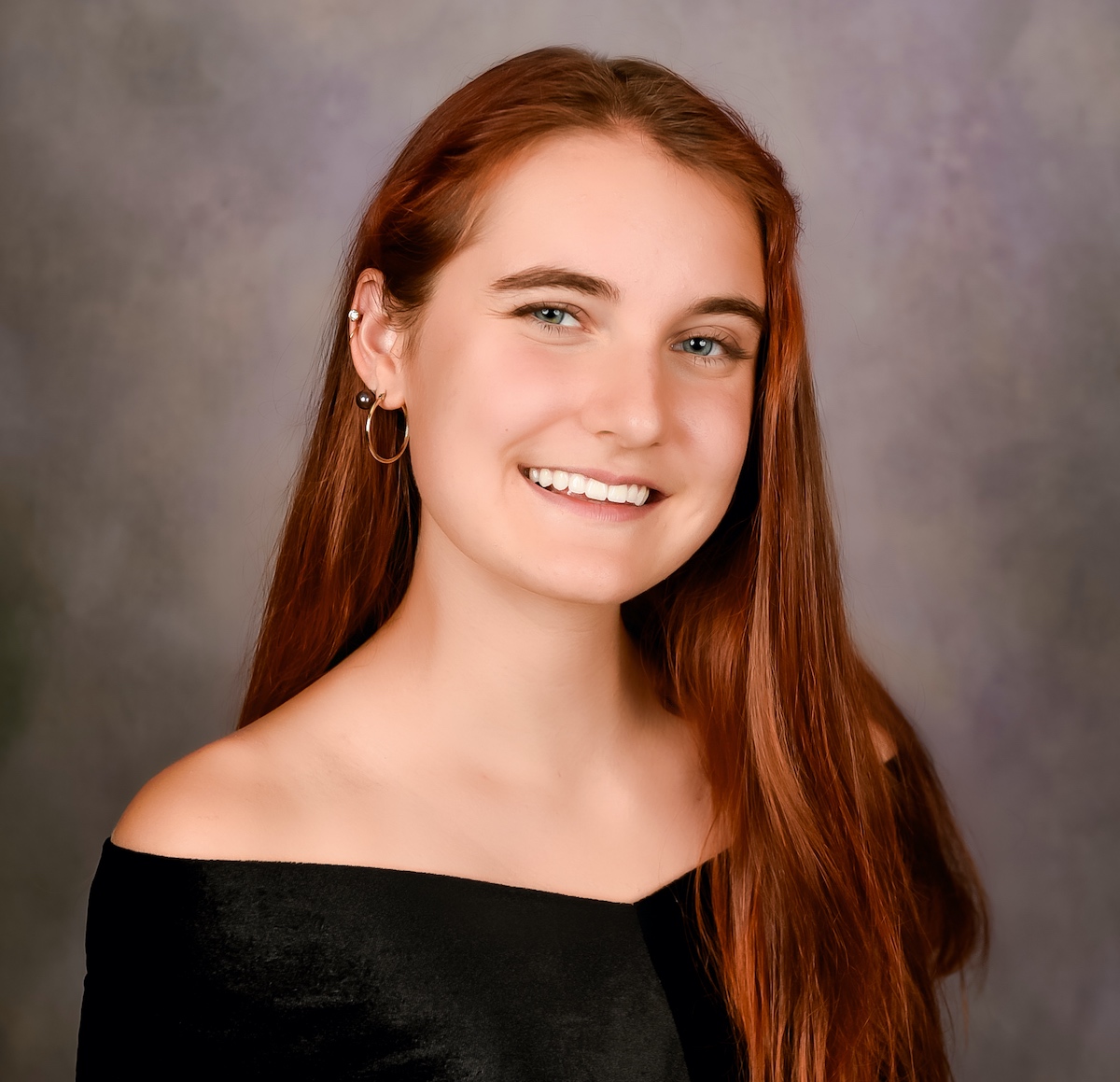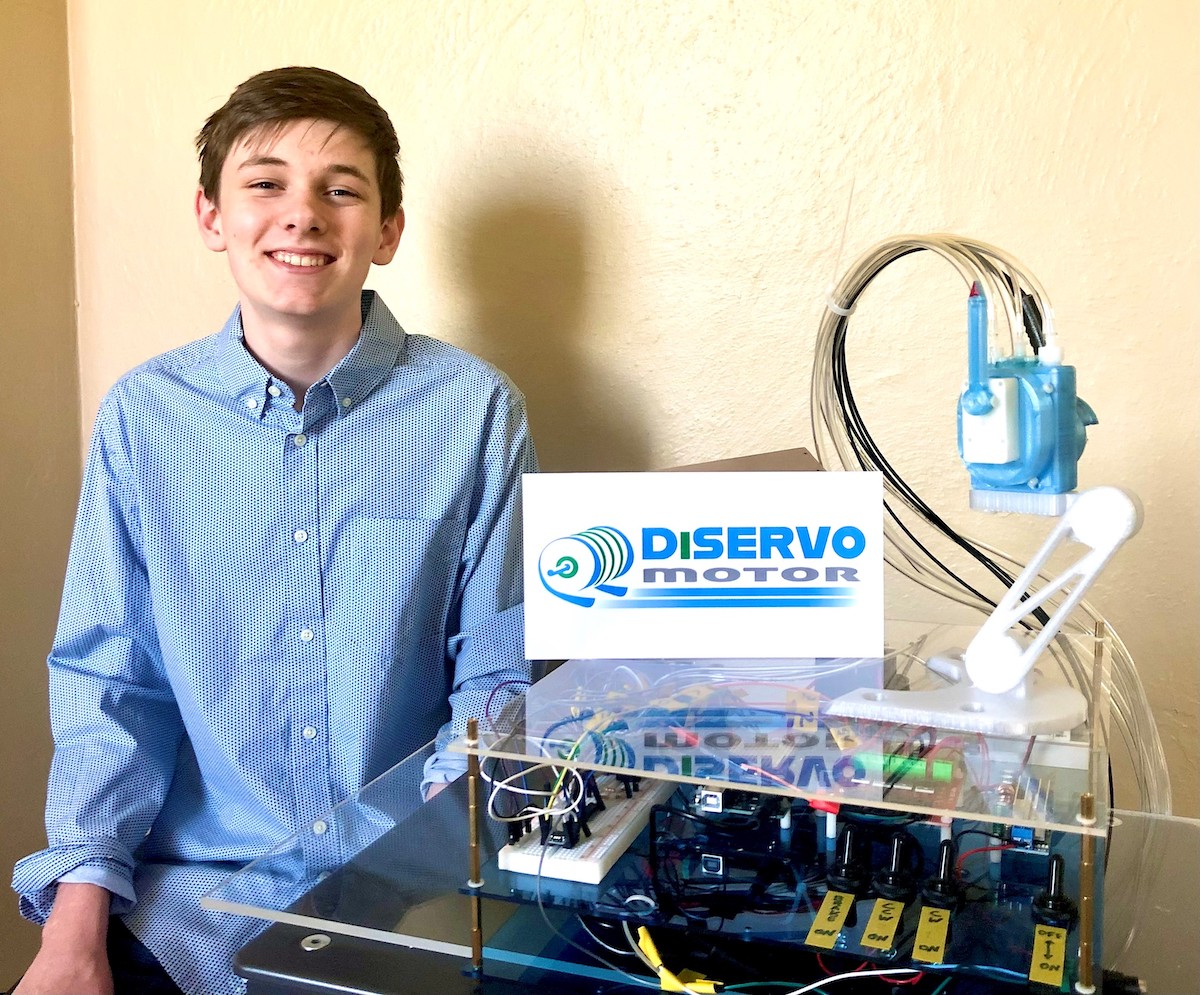What do you want to be when you grow up? I’d like to be as smart as the Philly-area teens named finalists in the nation’s oldest math and science competition, the Regeneron Science Talent Search.
Regeneron Pharmaceuticals and the Society of Science host the annual search, selecting high school seniors based on their projects’ scientific rigor, as well as their “potential to become world-changing scientists and leaders.” Previous finalists have gone on to win Nobel Prizes, National Medals of Science and Fields Medals, per the org.
Of 1,800 applicants in 2022, three local high school seniors are among the search’s top 40: Claire Andreasen, Leo Wylonis and Victor Cai. Each finalist is awarded up to $25,000 and participates in a weeklong competition in March. Top prizes range from $40,000 to $250,000.
Here’s how the students told us they hope to use science to change the world:
Victor Cai — Parkland High School (Allentown, Pennsylvania)

Cai was selected as a finalist for developing a short-range distance sensing radar to help visually impaired people navigate their homes. He told Technical.ly he was inspired to develop his project after his karate teacher of 11 years slowly lost his sight due to a rare eye disease.
“I was eager to do something for him,” he said.
Traditionally, radar algorithms can interfere with Wi-Fi and Bluetooth, making such technology difficult to use in the home. Cai used a “little-known” radar concept, officially called the Multiple Frequency Continuous Wave. His technology uses only four kilohertz of bandwidth, as opposed to one gigahertz required by a traditional algorithm, Cai said.

The device is currently about one foot by one foot in height and width. Cai is developing a smaller prototype that the user can wear around the house.
He said he was elated when the Regeneron Science Talent Search announced he was among the top 40.
“Science allows us to innovate these new technologies and in general, with engineering, to use these technologies around us to develop ways in which we can make people’s lives better,” he said. “For me, it’s really special to create something that hasn’t been possible before.”
Claire Andreasen — The Charter School of Wilmington (Wilmington, Delaware)
Andreasen proved graphene, a sustainable carbon-based material, can develop magnetic properties under certain conditions — making it applicable for use in electronics such as hard drives, transistors and MRIs.
“The magnetic materials in electronics and electronic components (such as hard drives, transistors, MRIs, generators, and more) are typically made out of expensive materials that require unethical and unsustainable mining practices,” Andreasen wrote in an email to Technical.ly. “One way we can improve the efficiency, cost, sustainability, and ethicality of electronics is by discovering alternative magnetic materials.”
Her proof of graphene’s magnetic capabilities allows scientists to question if other non-magnetic materials can develop similar controllable characteristics, she said.

For her research, Andreasen used modeling and computational software, such as MATLAB and Ovito, to analyze individual atoms in graphene. She spent a year working on the project, but was still surprised by her induction into Regeneron’s top 40.
“I was very, very shocked and excited. I am still very, very shocked and excited. A lot of the activities I do outside of research are not STEM-focused and this was my first big research project, so I didn’t expect to be named a finalist,” Andreasen wrote. When she’s not developing her research, Andreasen co-leads an environmentalism club at her school, plays the French horn and participates in Delaware’s Youth in Government, similar to mock trial.
Andreasen focused on graphene because of its sustainability. After graduating, she hopes to fuse environmental and science studies, researching clean energy solutions.
For now, she’s looking forward to connecting with the other finalists during the weeklong competition.
“I have been watching the intro videos of the other finalists,” she wrote, “and it’s shocking to see how much we have in common beyond science.”
Leo Wylonis — Conestoga High School (Berwyn, Pennsylvania)

Wylonis always liked working with his hands. When he was little, he built Lego robots. Inspired by loved ones’ experiences with surgery, he developed a motor for use in MRI robotics that got him a spot in Regeneron’s top 40.
During surgery using MRI robotics, procedures are completed while a patient is in the MRI, or magnetic resonance imaging, machine. Because the MRI is broadcasting a live image of the patient’s body, it leaves less room for error than typical surgery. However, there can be no metal tools inside the MRI because it will degrade the machine’s images.
Wylonis developed a non-metal DiSERVO motor from mostly custom-printed 3D plastic parts for use in MRI robotics. His prototype was tested to have higher torque, be faster and more accurate than the leading motor used in the field, which was developed by Johns Hopkins University researchers, per his project abstract.
Wylonis plans to study engineering after high school. He attributes his lifelong interest in science to the excitement of creating new things.
“There are so many different innovations going on in the world that are completely new,” he said. “The prospect of making something completely new that helps the world is really cool, and I really like getting in the flow of a project and completing it to its finish.”
###
All of three local students are excited about meeting their fellow finalists during the competition from March 9 to 16.
“It’s kind of nice to have a wide range of topics being researched by all of the finalists and to just get to know different areas of science and how they are improving our lives,” Cai said. “And we all have that shared passion for using science to improve the world.”
See the full list of finalists






